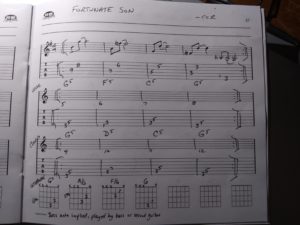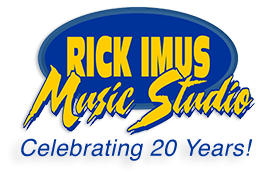Free Areas
Active artists have the opportunity to use their creativity to develop an established song for their own purposes. Considering many hits are composed, arranged and recorded in a short period of time, the artist that has listened to a song for months or years (or decades) has a much broader opportunity to re-imagine its presentation, starting with the free areas.
Free areas are the sections that are not essential to the identity of the song. Examples include the introduction, the interlude, the instrumental break, instrumentation, and the outro / ending.
Active artists have the opportunity to use their creativity to develop an established song for their own purposes. Considering many hits are composed, arranged and recorded in a short period of time, the artist that has listened to a song for months or years (or decades) has a much broader opportunity to re-imagine its presentation.
Classical guitar legend Andres Segovia noted that he never recorded a song he had not played in concert for five years. That’s a significant amount of time to settle on the arrangement, the tempo, the tone colour, the interpretation.
In the days of vinyl on 45s, songs were limited to 2 – 3 minutes. Modern artists and their producers covering those songs can explore extending those compositions.
Take the protest song, Fortunate Son by CCR, as an example. It starts with two bars bass and drums, adds a parallel sixths guitar riff. After the standard vocal verse/chorus verse/chorus sections another pedal point interlude is inserted before the verse/chorus and outro. With a little imagination, the middle section could recap the intro, throw in a range expanding guitar solo, hit the chorus again – then go the third verse / chorus and outro. It trades in the second pedal point section to better focus the identity of the song.

Free areas are the vibrant domain of the contemporary artist’s team.
